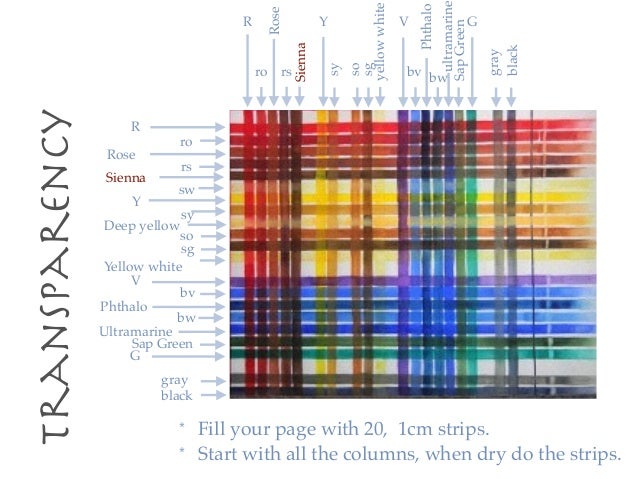

As light-scattering defects are incredibly rare, most consumers don’t need to worry about fluorescence impacting a diamond’s appearance in most lighting situations, even if the diamond has Strong to Very Strong fluorescence. Fluorescence can increase the pre-existing haziness of a diamond caused by light-scattering defects, thus reducing the contrast in its face-up pattern, but it does not cause haziness in and of itself. No, fluorescence does not cause haziness in diamonds. Does fluorescence cause haziness in diamonds? If you’re not familiar with the GIA Color Scale, learn more with the GIA Diamond Color Chart. These diamonds may prove to be a good deal. Nonetheless, the association between fluorescence and haziness persists, and diamonds in the D to H range with very strong fluorescence often sell for less than diamonds that do not have fluorescence, even though their color and transparency are most likely unaffected by their fluorescence. Also, this “overblue” hazy effect occurs in fewer than 0.2% of the fluorescent diamonds submitted to GIA. Fluorescence does not cause haziness by itself, however.

These defects cause haziness that can sometimes be intensified by strong fluorescence, thus reducing the contrast in the face-up pattern of the diamond. In a recent study, GIA observed that blue fluorescence has little to no impact on transparency except in extremely rare cases where a diamond (such as the Portuguese diamond) has a light-scattering defect. In the trade, diamonds in the D to H color range with bluish fluorescence are often considered less desirable than similar grade diamonds without fluorescence, because some people believe that bluish fluorescence may cause diamonds to have a hazy or oily appearance. The opposite is true for diamonds with higher color grades. As a result, diamonds with color grades I to N with a very strong to medium bluish fluorescence may have a slightly higher per-carat price than diamonds with similar color grades that do not fluoresce. Bluish fluorescence can make a faint yellowish diamond appear more colorless in UV light, which is part of natural daylight. Some trade professionals think blue fluorescence enhances a diamond’s appearance, especially in diamonds with I to M color grades. Photo: (Top) Maha Tannous/ GIA, (Bottom) Harold & Erica Van Pelt Does diamond fluorescence make a yellow diamond look “whiter”? If the fluorescence is Medium, Strong, or Very Strong, the color of the fluorescence will be noted. GIA Diamond Grading Reports and Diamond Dossiers describe a diamond’s fluorescence by its intensity under long-wave UV light (None, Faint, Medium, Strong and Very Strong). Is there a diamond fluorescence grade?įluorescence is not a grading factor like the GIA 4Cs ( color, clarity, cut, and carat weight), but it is an identifying characteristic. A rare few fluoresce other colors such as yellow or green. More than 95% of these diamonds fluoresce blue. Only about 25% to 35% of diamonds exhibit some degree of fluorescence in reaction to long-wave UV light. Once the UV light source is removed, the diamond stops fluorescing. This can cause them to emit a bluish light or more rarely, a yellow or orangy light. Some diamonds fluoresce when they are exposed to long-wave ultraviolet (UV) rays from sources like the sun. Can the average person tell the difference between diamonds that do and don’t fluoresce?įluorescence is the glow you sometimes see when an object emits visible light.Does fluorescence cause haziness in diamonds?.Does diamond fluorescence make a yellow diamond look “whiter”?.How should you take fluorescence into account when choosing the perfect diamond? In this article, we’ll cover: It can also affect diamond appearance-or not. It can sometimes increase or decrease the value of a diamond. Courtesy: Chip Clark, Smithsonian Institutionĭiamond fluorescence is a fascinating phenomenon where diamonds glow when exposed to long-wave UV rays.


 0 kommentar(er)
0 kommentar(er)
